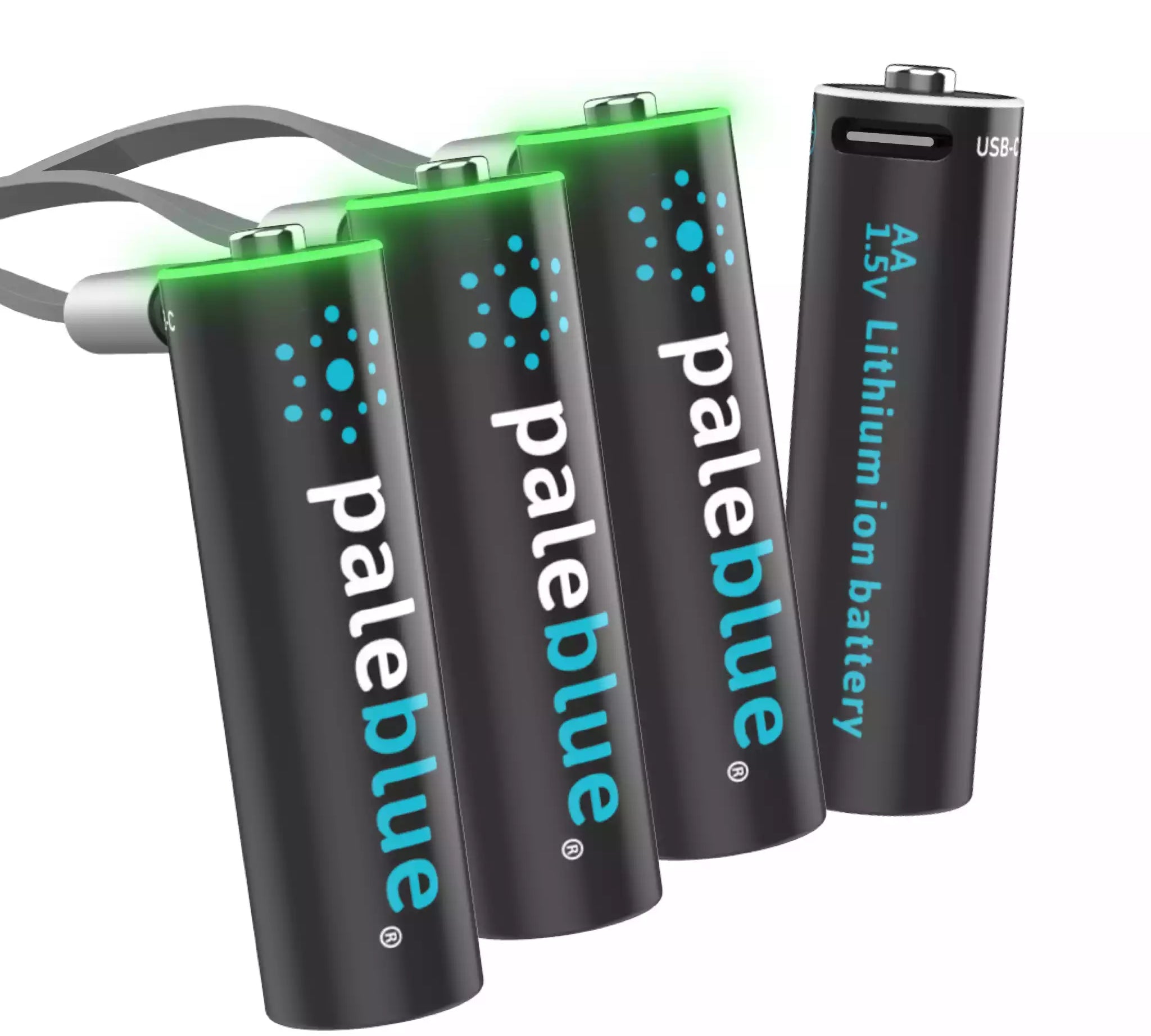Which Types of Batteries Last the Longest?

There is a small, electric device that sits in a corridor at England's University of Oxford. It is known as the Oxford Electric Bell. It is a battery-driven device that has been operating continuously since 1840. Yes, the battery has lasted that long. So how do modern batteries compare?
The Oxford Electric Bell was never meant to live so long. It was essentially an experiment in building a dry cell battery. No one really knows what is inside the two piles that power the device. Moreover, no one is about to take it apart until the battery finally dies. In the meantime, we are left with a variety of different batteries to power our electric devices:
- Disposable batteries (both alkaline and non-alkaline)
- Nickel cadmium (NiCad) nickel metal hydride (NiMH)
- Lithium ion (Li-ion).
Have you ever wondered which types of batteries last the longest? Well, let's find out.
Disposable Batteries
Common disposable battery brands include Duracell, Energizer, and Rayovac. There are generic disposable batteries as well, often bearing the name of the retailer who sells them. Disposable batteries come in two forms:
- Alkaline – made with potassium hydroxide
- Non-alkaline – made with ammonium chloride and zinc.
If you ran your own experiment at home by testing different brands of alkaline batteries using identical devices, you would discover that there is very little difference between brands. The same goes for non-alkaline batteries. But you would notice a difference between the two chemical structures. Alkaline batteries tend to last longer because they contain more chemicals for creating the necessary electrical reaction.
NiCad and NiMH Batteries
Prior to the introduction of the lithium-ion battery, NiCad and NiMH batteries were the rechargeables of choice. Both offer similar performance compared to alkalines for low-power devices. For high-power devices, such as digital cameras, NiCad NiMH batteries do not tend to last as long.
Between the two, NiMH tends to last longer because it has a higher energy density. In other words, you can pack more energy into the same size battery. So your typical NiMH AA battery will last longer than a NiCad, with one caveat: the discharge rate of an NiMH battery is roughly 30% per month. NiCad batteries discharge at about 20% per month. So if the batteries are sitting around unused, NiCads actually win the day as they discharge more slowly.
Lithium-Ion Batteries
Both NiCad and NiMH batteries utilize nickel along with other chemicals. A lithium-ion battery is designed with graphite as the anode and lithium oxide as the cathode. The electrolyte between is a lithium salt that facilitates the movement of ions from anode to cathode.
Paleblue's USB rechargeable batteries are lithium-ion. We have chosen the lithium-ion design because it is superior to alkaline, non-alkaline, NiCad and NiMH batteries. Li-ion offers greater energy density than the other four options, meaning you get even more power in the same size package.
Li-ion batteries also discharge at half the rate of NiCads, so they last longer between charges and can handle high-power devices. They definitely outlast disposable batteries for high power needs, but they run well even for low-power needs. The main advantage with lithium-ions is that they can be charged 1000 times or more.
This last point cannot be stressed enough. When you are talking about which types of batteries last longer, you have to look beyond a single use. Instead, you have to look at total life and the amount of power you get from a battery over that amount of time. When it comes to total life, the other types of batteries cannot compete with lithium-ion.
- Tags: Performance







